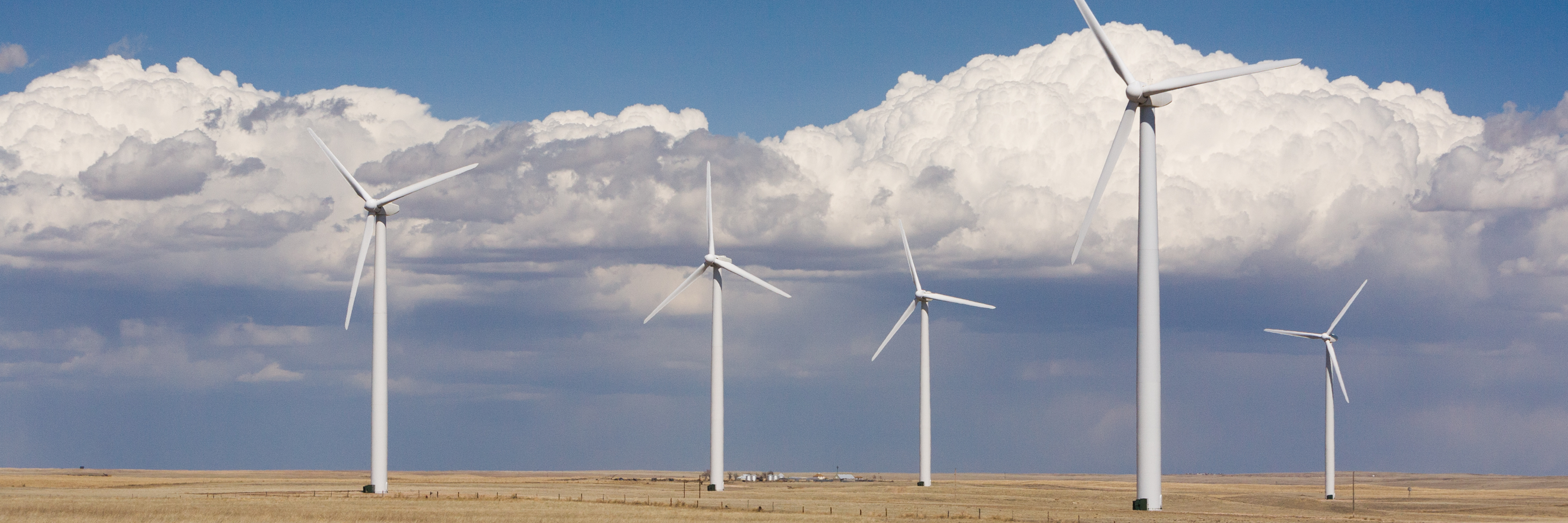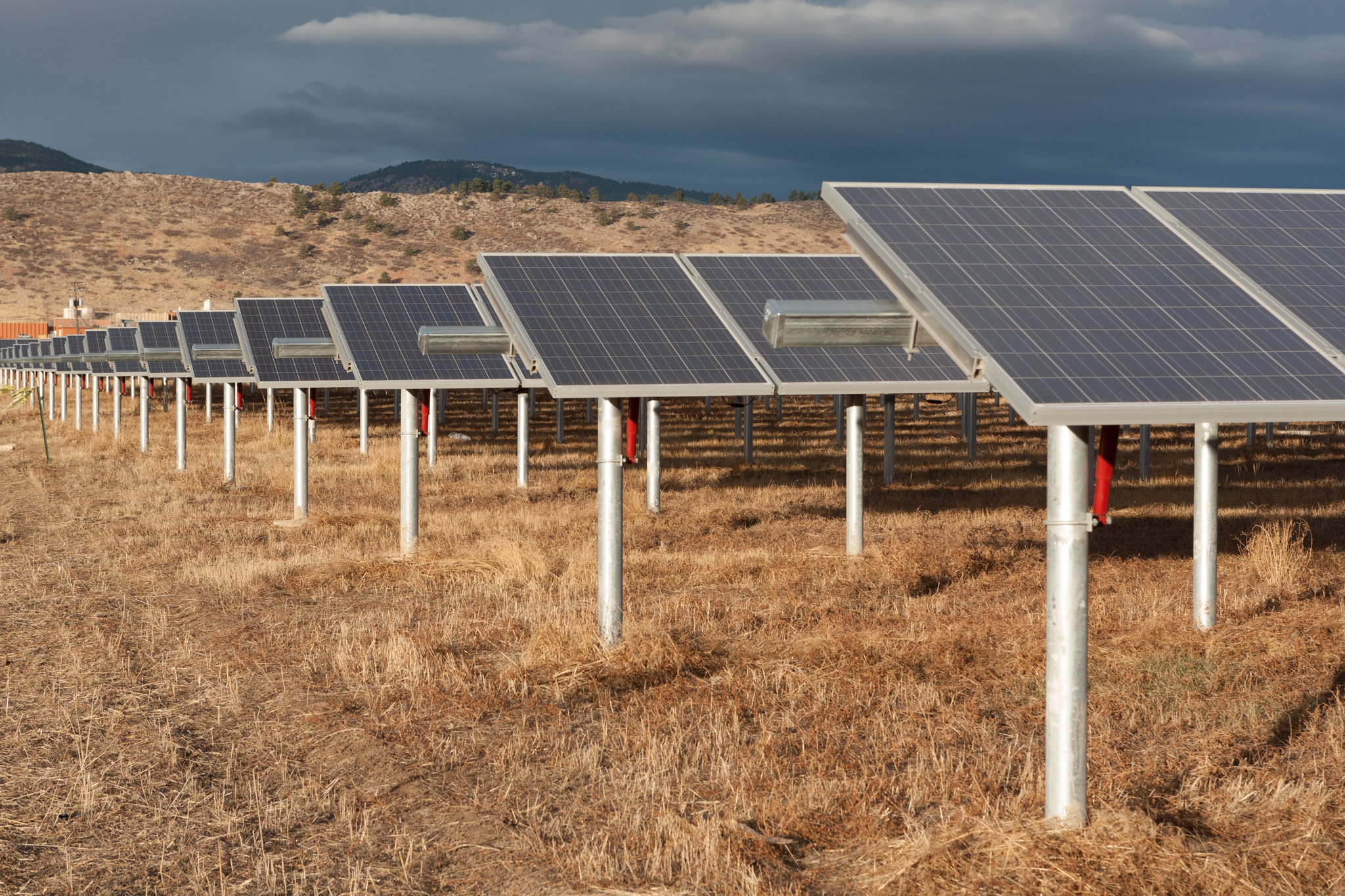
Home
Mass Timber Rising
Sustainable Forests
Tall Wood – Low Carbon
Fuels to Frame
About
Climate and the Built Environment
Why Upfront Carbon Matters Today
The Greening of the Grid
The country’s electrical power grid is rapidly getting greener, especially on the West Coast. Carbon neutral renewable energy sources such as wind and solar are replacing fossil fuel based energy sources such as coal and natural gas. Compared to 1975, emissions from today’s grid have been reduced by nearly half. And several states (Oregon, Washington and California) have policies in place to reduce emissions to zero by 2045.
The greening of the grid is good news. A cleaner grid automatically lowers the emissions from building operations. But, as the grid gets greener more of a building’s lifetime emissions come from upfront embedded carbon–the carbon released when constructing the building. A greening grid places more emphasis on building materials and that is where mass timber shines.
How buildings are powered matters
About half a building’s operational energy is delivered in the form of electricity, with most of the rest coming from natural gas and heating oil (for heating, hot water, and cooking).
In the U.S., about 70% of the CO2 emissions from operating commercial and residential buildings comes indirectly from the electricity they use, which is primarily generated from fossil fuels. The remaining 30% comes from on-site combustion of natural gas and heating oil used for space heating, water heating, and cooking.
This simple animation shows that nationally, about 70% of the carbon emissions attributed to operating a building indirectly come from the fossil fuels burned to generate electricity (primarily coal and natural gas). The remaining 30% come directly from burning fossil fuels on-site (primarily natural gas, heating oil, and propane). Based on US Energy Information Administration 2012 Commercial Buildings Energy Consumption Survey (CBECS). The carbon footprint of electricity depends on where the building is located, but nationally it amounts to around 70% of a building’s carbon emissions.1
Why are the high carbon emissions from electricity so high? Although, electric power grid’s transmission system is about 95% efficient moving energy over hundreds of miles, converting the fossil fuels into electricity is only 30% to 57% efficient. Overall, more than 60% of the chemical energy in fossil fuel is lost as heat before it reaches the electric outlet.
How the US makes electricity
Since 1975, the carbon emissions from making a kilowatt-hour of electricity (its carbon intensity) in the U.S., has dropped by more that 47% — with more than half that improvement happening since 2011.
Carbon emissions from electricity depend on the type of fuel and conversion efficiency. This data visualization shows how the US grid has changed since 1975.2
This is due to a significant increase in the use of zero carbon renewable energy and the shift from coal to lower-carbon natural gas. This transformation has been driven by technology advancements, environmental policies, and the low cost of natural gas fuel.
The grid is going zero carbon

An eight megawatt commercial solar farm in Fort Collins, Colorado. Projects like this – and much larger – are greening the grid and making upfront carbon increasingly important.
The grid has been getting greener and many countries and states are targeting zero or near-zero emission electricity.
The westerns states of Washington, Oregon, and California all have goals to reduce electricity carbon emissions to zero by 2045 or sooner — primarily by increasing the use of wind and solar energy and the technologies needed to accommodate the variability of those sources (e.g., load management, storage, and more transmission lines).
Oregon, as of July 27,2021, is targeting 100% carbon-free electricity by 2040.
Both Washington and California are targeting 100% carbon-free electricity by 2045.
2 Energy Information Administration (EIA), July 2021 Monthly Energy Review (MER).
Climate and the Built Environment
Why Upfront Carbon Matters Today
Previous
Next

